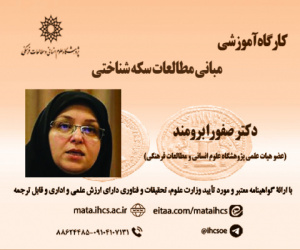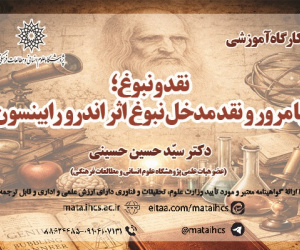آسیب شناسی وفاق در دولت چهاردهم
آرشیو
چکیده
وفاق، به عنوان شعار محوری دولت چهاردهم، بدون تردید، همراه با دستاوردهای زیادی بوده است. این دستاوردها شامل مسائل مهمی در حوزه سیاست داخلی و خارجی می شود. از آن جمله، می توان به همدلی و هم زبانی در سطح داخلی و امکان گفتگو با قدرت های بزرگ و کشورهای همسایه، در راستای زدودن غبار جنگ و خشونت سیاسی و نظامی اشاره نمود. درعین حال، وفاق در ایران معاصر- و به شکل خاص در دولت چهاردهم- نیاز به آسیب شناسی دارد. هدف از این امر، شناخت هرچه بهتر ابعاد کاستی های موجود، برای رفع آن ها و ترمیم وضع موجود، است. آسیب شناسی وفاق می تواند در دو حوزه سیاست داخلی و خارجی قابل بررسی باشد. علاوه بر ابهام مفهومی، مهم ترین آسیب های وفاق در این دو حوزه عبارتند از: امکان برداشت از وفاق به معنای تقسیم قدرت با رقبای سیاسی، حساس نبودن نسبت به انصاف و عدالت در ابعاد مختلف، نسبت برقرار نکردن با تحزب و نهادینه سازی دموکراسی، ابهام در مرز مسئولیت های فراملی و منافع ملی، مشخص نبودن موضع نسبت به سیاست گرایش و ابهام در دفاع از نیروهای نیابتی. این مقاله با سطح توصیفی- تحلیلی از روش استفاده از متون و مصاحبه ها بهره می برد.Pathology of Consensus in the Fourteenth Administration
Consensus, as the central slogan of the fourteenth administration, has undoubtedly yielded numerous achievements. These accomplishments span critical issues in both domestic and foreign policy. Among them are internal empathy and harmony, and the ability to engage in dialogue with major powers and neighboring countries to dispel the specter of war and political or military violence. However, consensus in contemporary Iran—especially in the context of the fourteenth administration—requires critical analysis. The aim of this is to better understand the existing deficiencies in order to address them and improve the current situation. The pathology of consensus can be examined in two spheres: domestic and foreign policy.In addition to conceptual ambiguity, the main challenges to consensus in these two areas include: The risk of interpreting consensus as power-sharing with political rivals, A lack of sensitivity to fairness and justice in various dimensions, The failure to connect consensus with party politics and the institutionalization of democracy, Ambiguity regarding the boundary between transnational responsibilities & national interests, An unclear stance on alignment policy, & Vagueness in defending proxy forces. This article uses a descriptive-analytical approach, drawing on texts & interviews as its methodology.









